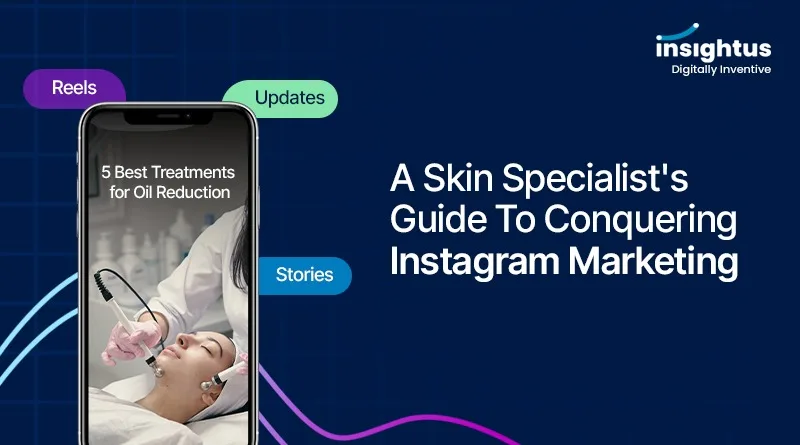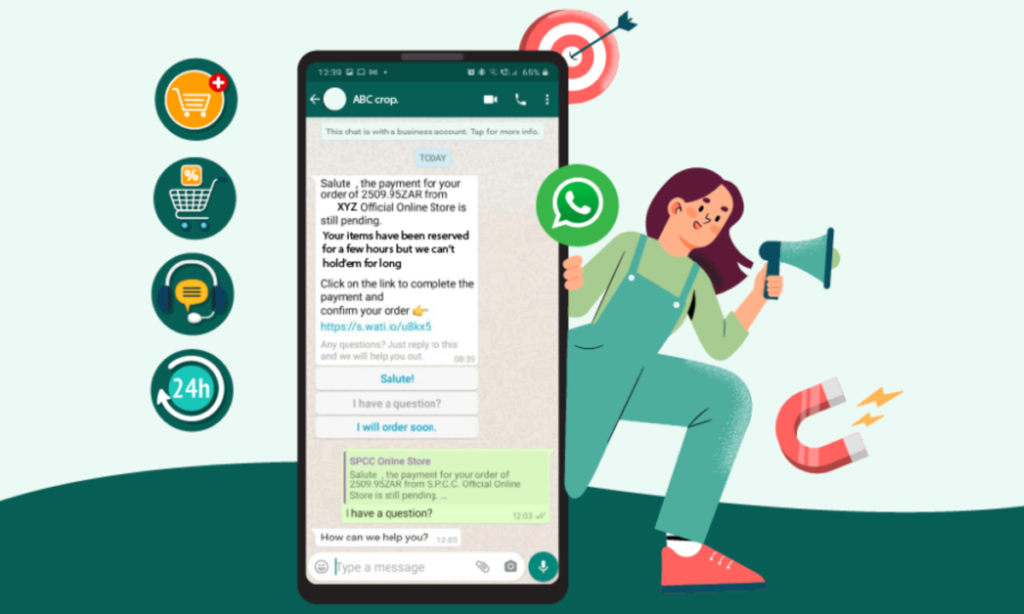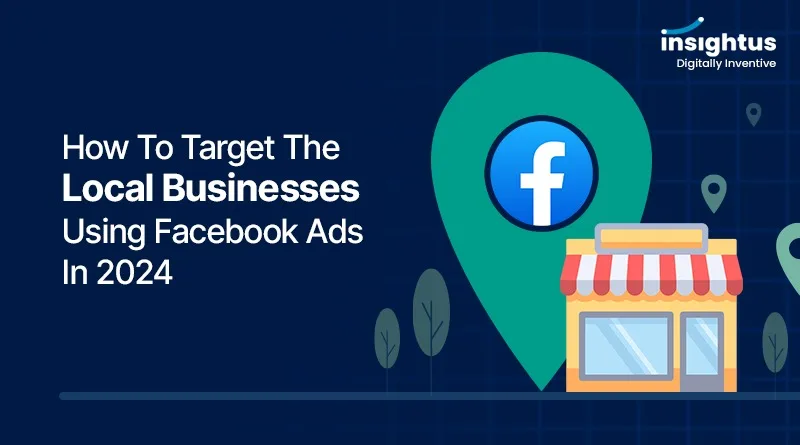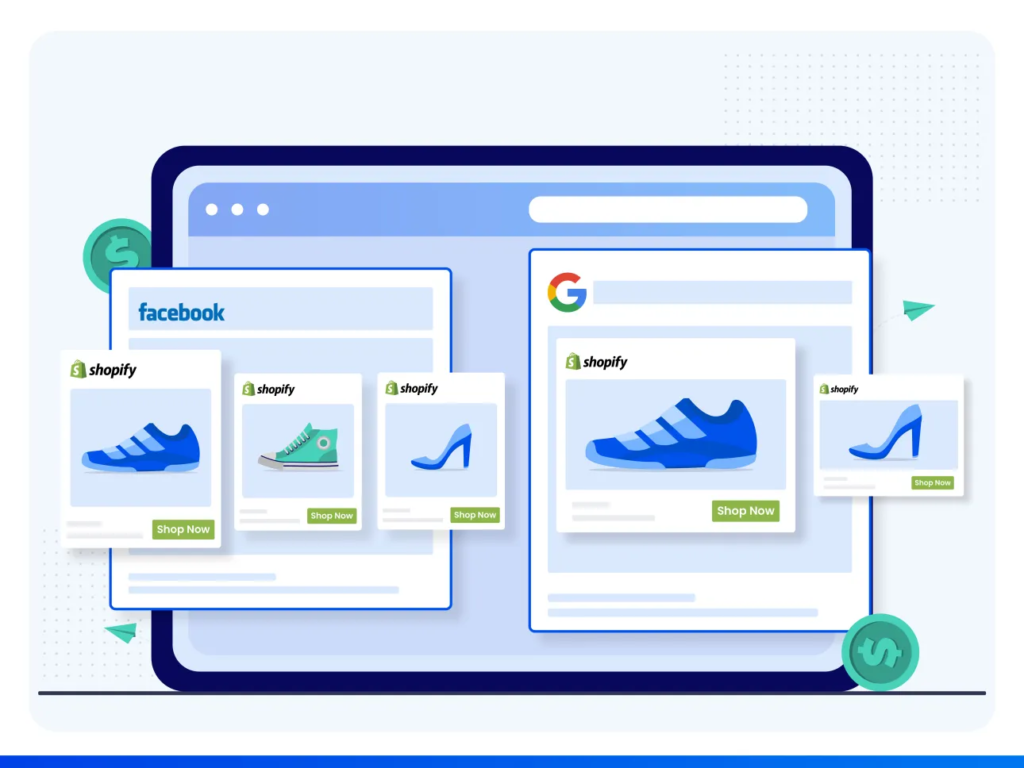InstaDoc: A Dermatologist’s Guide to Conquering Instagram Marketing
Instagram which is the haven for influencers and lifestyle content, may seem like an unlikely platform for medical professionals. However, for skin specialists like dermatologists and cosmetologists, it can be a powerful tool for building awareness, attracting patients, and establishing themselves as trusted authorities. But cracking the Instagram code can be challenging. The platform is constantly evolving, and the competition for eyeballs is fierce. So, how can skin specialists navigate this landscape and build a thriving Instagram presence? Understanding the unique dynamics of Instagram marketing is the first step. From cultivating an engaging presence to navigating the intricacies of content creation, dermatologists face challenges that are both exciting and daunting. Let’s explore strategies that not only simplify the process but also elevate your practice on this visual-centric platform. Decoding the Difficulty in Instagram Marketing for Doctors: 1. Visual Storytelling for Skin Specialists Dermatology often deals with visual transformations, making it crucial to convey these changes effectively on Instagram. Crafting Compelling Visuals: Creating visually striking content is the key. Share before-and-after images showcasing the effectiveness of treatments, creating a visual narrative that resonates with your audience. High-quality images, close-ups, and consistent aesthetics contribute to an appealing feed. Educating Followers on Skincare:Beyond transformations, educate your audience about skincare routines, preventive measures, and the science behind various treatments. Utilize carousel posts or infographics to deliver informative content in a visually engaging format. 2. Navigating the Hashtag Jungle With the vast array of hashtags available, finding the right ones for dermatology can be challenging. Strategic Use of Hashtags: Identify and use relevant and trending hashtags in the dermatological field. Include a mix of broad and niche hashtags to enhance discoverability. Regularly update your hashtag strategy based on trending topics and industry conversations. Connecting with the Dermatology Community: Create and use custom hashtags related to your practice or specific campaigns. Engage with popular skin industry hashtags to connect with individuals actively seeking dermatological or cosmetological expertise. Encourage your followers to use your custom hashtags, fostering a sense of community. Image Credit: google.com 3. Balancing Professionalism and Personality Striking the right balance between being professional and relatable on a public platform. Humanizing Your Practice: Share behind-the-scenes glimpses of your clinic, daily routines, or team members to humanize your practice. This adds a personal touch, making your content more relatable and fostering a connection with your audience. Sharing Patient Success Stories: Feature patient success stories (with consent) to showcase the positive impact of your treatments. This not only adds credibility but also provides a human element to your feed. Use testimonials or quotes to highlight the positive experiences of your patients. In essence, these strategies aim to transform your Instagram profile into a visually appealing, informative, and engaging space. By crafting compelling visuals, strategically using hashtags, and balancing professionalism with personality, you can navigate the challenges of Instagram marketing for skin specialists and establish a strong online presence in the competitive world of social media. Strategies for SuccessImage Credit: google.com1. Educational Video Series: Effectively conveying educational content to the audience in a visually engaging manner. Here you can Leverage Instagram’s Video Features. Video Characteristics: Consistency: 2. Interactive Q&A Sessions: Image Credit: google.com Hosting interactive question-and-answer sessions on Instagram serves as a direct and personalized approach to addressing the specific skincare concerns of your followers. Here’s how it works: Creating a sense of community is essential for building a strong and engaged audience. Here’s how to foster community during and after the Q&A sessions: Image Credit: google.com 3. Collaborations with Influencers: Extending reach, sharing expertise, and establishing credibility within the broader beauty and wellness community. Partnering with Skincare Influencers: Identify and collaborate with influencers in the skincare and beauty niche. Partnering with influencers can extend your reach to a wider audience. Share your expertise through joint Instagram Live sessions, guest posts, or collaborative content. This not only boosts credibility but also introduces your practice to a new set of followers. These strategies aim to enhance your presence on Instagram by leveraging its features for educational content, directly engaging with your audience through interactive sessions, and strategically collaborating with influencers to broaden your reach within the beauty and wellness community. Each prescription is tailored to address the specific challenges that a skin specialist may face in the realm of Instagram marketing. Overcoming Time Management Hurdles You will need to balance your busy schedule with the demand for a consistent and effective Instagram marketing presence. Implementing Time-Saving ToolsUtilize time-saving tools, such as Hootsuite or Buffer, to schedule posts in advance. These tools optimize efficiency by allowing you to plan your content calendar. By doing so, you ensure a regular and timely presence on Instagram without the necessity for real-time posting. Scheduling Posts Develop a content calendar that outlines the timing and content of your posts. Schedule your posts during periods when your audience is most active to maximize engagement. This approach not only saves time but also guarantees a strategic and consistent approach to your Instagram marketing efforts. Batching Content Creation Instead of creating content on a day-to-day basis, consider batching your content creation sessions. Dedicate specific blocks of time to generate multiple pieces of content at once. This method increases efficiency, enabling you to maintain a steady flow of posts without the stress of daily content creation. Overcoming Analytics and ROI Challenges Understanding the impact of your Instagram marketing efforts and determining the return on investment (ROI) involves assessing the effectiveness of your activities on the platform and evaluating the value generated from your investment of time, resources, and energy. Here’s a more detailed explanation: Image Credit: google.com Evaluate the performance of your Instagram Stories by reviewing metrics like views, taps forward/ backward, and interactions. Stories are an effective way to engage your audience, and understanding their impact is crucial. Grasping the impact of your Instagram marketing efforts involves a thorough analysis of engagement metrics, follower growth, and popular content. Determining ROI requires a clear definition of objectives, attributing conversions, cost analysis, and ongoing optimization based on performance
InstaDoc: A Dermatologist’s Guide to Conquering Instagram Marketing Read More »











